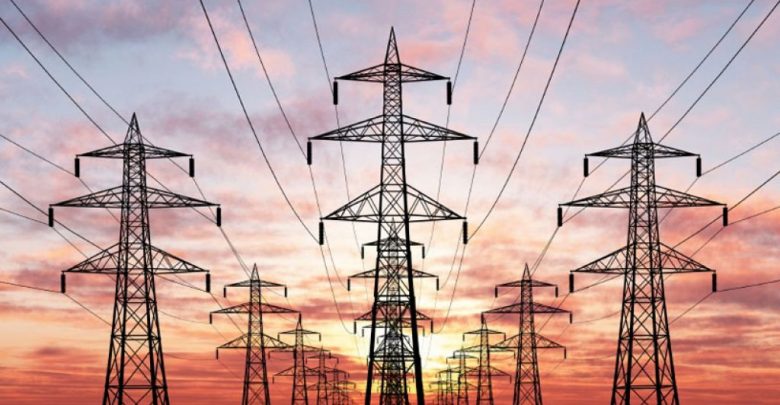Government of Uganda has invested in expanding the transmission network from 730 kilometres (km) in 2000 to 3,223 km Uganda’s power sub-Sector is divided into three: the generation, transmission, and distribution segments.
While generation has both public and private power producers, the transmission segment is solely in the government’s hands.
The distribution portion has private and public companies operating in different service areas. Over the years, the Electricity Regulatory Authority (ERA), has licensed many generation and nine (9) distribution utilities that combined have invested about $6.3 billion in the sub-Sector leading to increased generation capacity, elimination of load shedding, increased connections and revenue collections while reducing the energy losses.
From three generation plants in 2000, Uganda now has 42 plants spread across the country.
These have increased the installed generation capacity from 404.4 megawatts (MW) to 1,268.9 as of November 2020.
The capacity will rise to 1,868.9MW once the $1.4 billion Karuma hydropower project is commissioned early next year.
Increased generation capacity since 2012 when the government commissioned the $902 million worth Bujagali Dam to date has eliminated load shedding (power rationing).
It has also relieved the government of the burden of subsidising the retail tariffs, which were high when Uganda roped in a thermal plant Aggreko, to mitigate the power deficit Uganda faced from 2005 to 2012.
Over that period, the government spent Shs1.5 trillion on subventions to shield the consumers.
Regarding power transmission, the government has invested in expanding the transmission network from 730 kilometres (km) in 2000 to 3,223 km to date. Uganda Electricity Transmission Company Limited (UETCL), the Grid Operator, intends to further expand it to 5,721km within the next five years.
Additionally, UETCL plans to increase the number of high voltage substations from 21 to 49 and transformers from 50 to 104 over the same period.Increased investment in the transmission infrastructure has enabled the transportation of power from the generation plants to transmission substations where it is stepped down for distribution.While still a challenge, deemed energy costs are reducing because of the investments in the transmission grid.The Auditor General’s report on the financial statements of UETCL for the year ended 30 June 2018 noted that deemed energy charges dropped from 34 per cent in fiscal year 2016/17 to 8.2 per cent.When it comes to power distribution, following the liberalisation of the power sector, ERA has licenced nine power distribution companies.These are the Uganda Electricity Distribution Company Limited (UEDCL), Umeme Ltd, West Nile Rural Electrification […]
